For years now, we have been hearing about the importance of STEM education for students of all ages. Still, we haven’t been doing a great job training early childhood educators because I get many questions about how to teach STEM to preschoolers. When I went to look at what resources were easily accessible for early educators, it was pretty sparse; there are a lot of pre-packaged preschool STEM curricula for sale and ideas for amazing one-off experiments, but not a lot of solid strategies to make STEM part of our preschool classrooms daily. That’s when I decided to gather up what has worked for me and my students, ask teachers what their pain points are, and look at what the research supports regarding why and how to teach STEM to preschoolers.
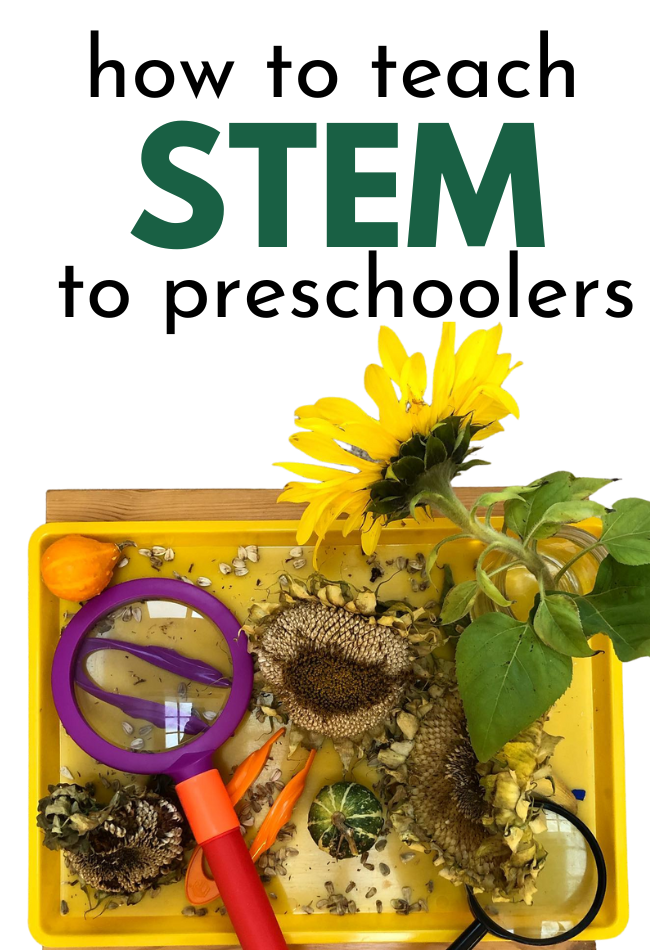
Before we get into the strategies for teaching STEM to preschoolers, let’s define what it is and why we should make time for it every day in our preschool classrooms. You probably already know this but let me go all the way back to the basics; STEM is an acronym for Science, Technology, Engineering, and Math. You may be wondering, and maybe you always have, why we teach such complex things to tiny little humans. Here’s the thing, STEM in ECE is not the image you probably have in your head right now. We aren’t asking you to teach the periodic table or do chemistry experiments with four-year-olds. STEM in preschool looks like this.
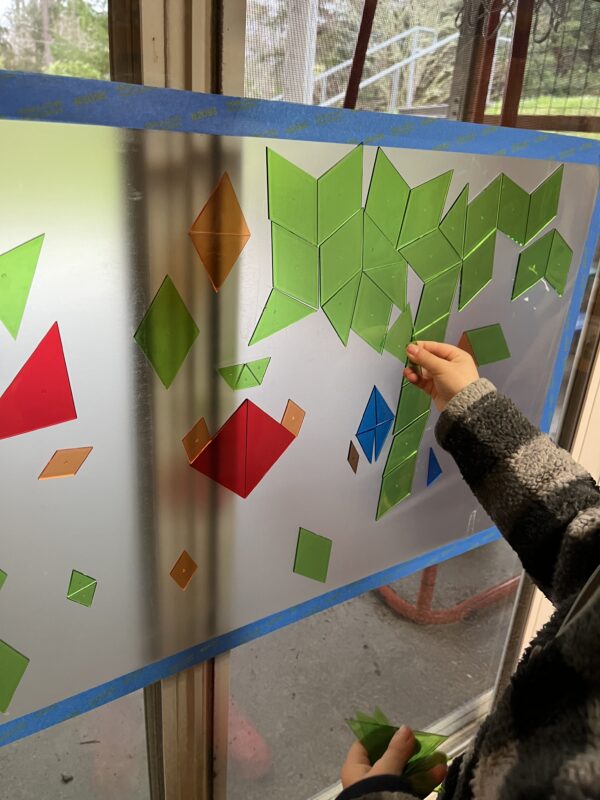
We need to stop thinking about STEM in its fully developed form and remember we don’t teach Shakespeare to preschoolers, but we do teach literacy. Our greatest superpower as early childhood educators is our ability to take a huge complex concept and effectively break it down to its foundation and teach that. This is what we need to do for STEM too. Before we look at each component of STEM, what it looks like in preschool, and what our students are learning, let’s quickly cover why we teach STEM in the first place.
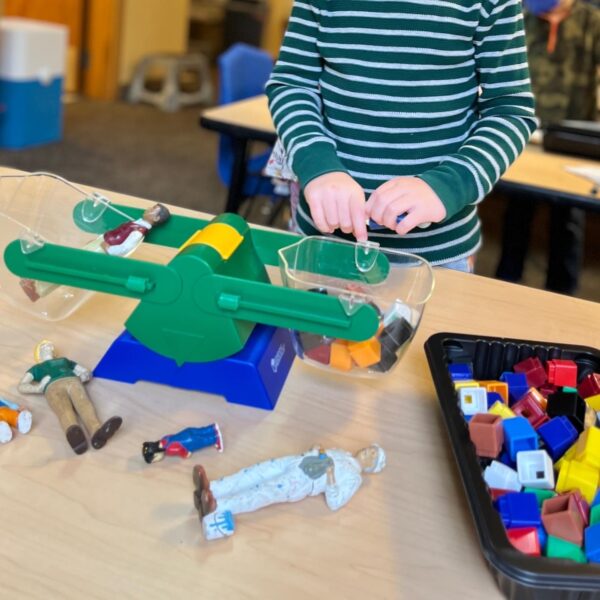
Simple, it’s fun!
Yes, STEM is fun, but there is much more to why we teach it to preschoolers. When children are engaged in STEM activities, they develop critical thinking and problem-solving skills, and STEM learning encourages creativity and boosts general knowledge. So can I geek out for a minute about boosting general knowledge? That might seem insignificant to some people, but it’s huge. When children have a large bucket of general knowledge, they have fewer challenges with all kinds of subjects, especially literacy. When a child is learning to read, if they are familiar with a wide variety of topics and vocabulary, learning to read is easier. Why? Because they have prior knowledge to attach words, they are learning to read for the first time, which helps make connections deeper. It’s no surprise that STEM learning has been correlated with a boost in reading comprehension.+
STEM learning is also important for social-emotional development too. In fact, research supports that there is a connection between students who engage in quality STEM learning and fewer challenging behaviors. That’s pretty rad, right? It makes sense, as we know that STEM boosts critical thinking and problem-solving skills. Here’s the thing, though; what preschoolers are engaged in science activities, they are learning to ask was the first thing I said. It’s fun. That isn’t nothing; it’s actually really significant. When learning is fun, children are more engaged, and when they are engaged in the activities, they are considerably less likely to engage in disruptive behavior. It’s pretty simple.
Great – STEM is awesome, but what does it really look like in preschool?
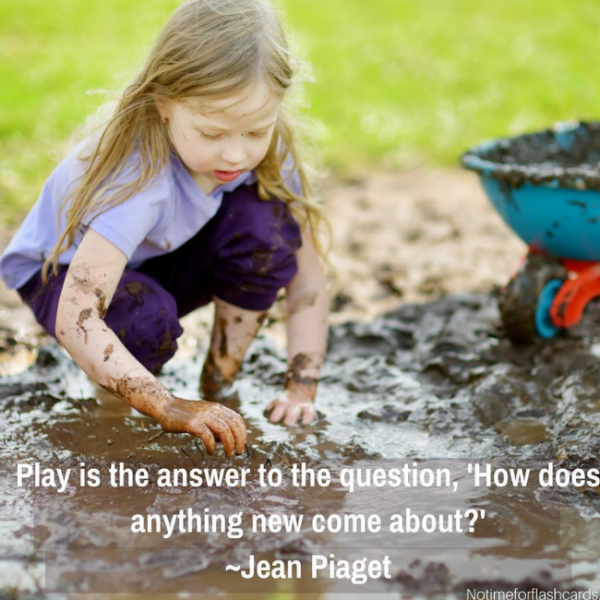
Psst! Play is a STEM activity. It is. Research has found that when children are engaged in play, they use many of the same skills they use while engaged in STEM activities. So first and foremost, we must have ample time for play, not just playful adult lead activities but true play, which is child-initiated and led. That said, play is not enough. We need to make time for explicit learning as well because children need both, remembering it should be developmentally appropriate and playful.
Let’s look at each content area starting with Science. Science for preschool is all about asking questions, wondering why then finding ways to answer those questions. Yes, I am making this very simple because I want YOU to do this in your class. We don’t need PhDs in biology to teach preschool STEM. More than anything, we just need to be curious and encourage that curiosity in our students. One thing I do daily in my PreK class is use a question of the day. Technically my puppet Quinn asks the questions. Here is an example of what the question of the day looks like :
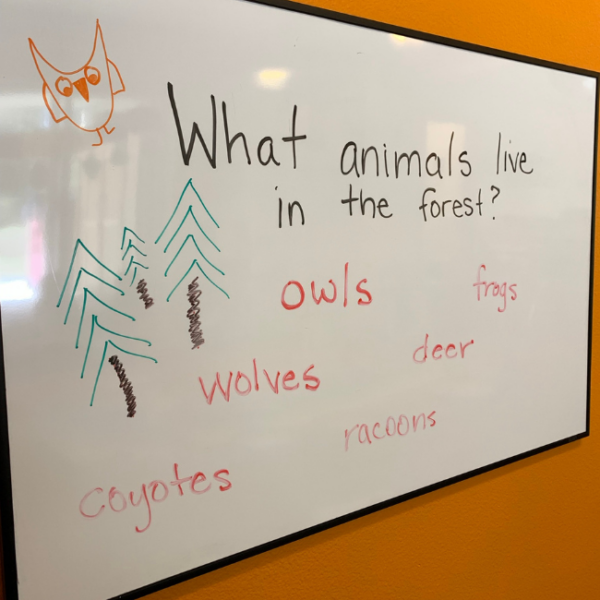
Or this one:
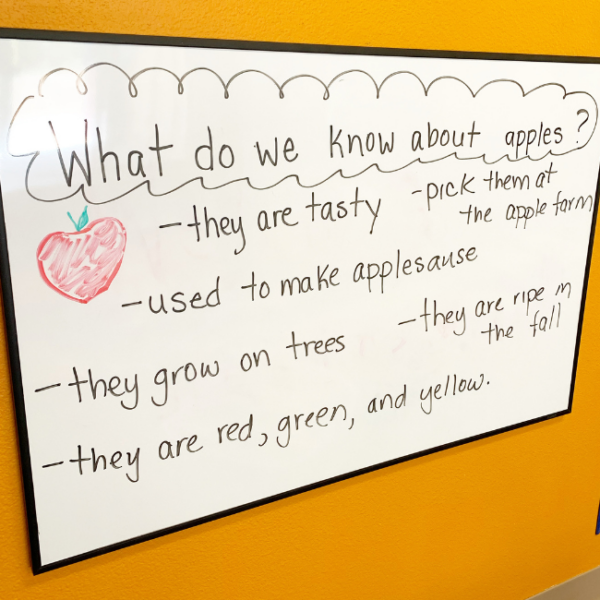
And this one:

Did you notice that the question is not always science-focused? The goal of the question of the day is to model curiosity and how to find the information we need to answer the question. Sometimes finding answers means we read a book, do a survey, or do an experiment or hands-on activity. Here’s the thing, what I am doing with the question of the day is assessing and accessing my students’ prior knowledge about the subject, so I can build on that knowledge and differentiate what we do next. Using children’s prior knowledge and experiences for STEM learning is a hallmark of good instruction, but don’t forget that prior knowledge and experiences can also happen in your classroom. Build on previously planned and unplanned activities your students have experienced to make STEM learning effective.
STEM for preschool – Hands-On STEM Activities for Preschoolers
Now let’s get out of the theory and into the hands-on STEM activities you can use in your preschool classroom.
Science Experiments for Preschool
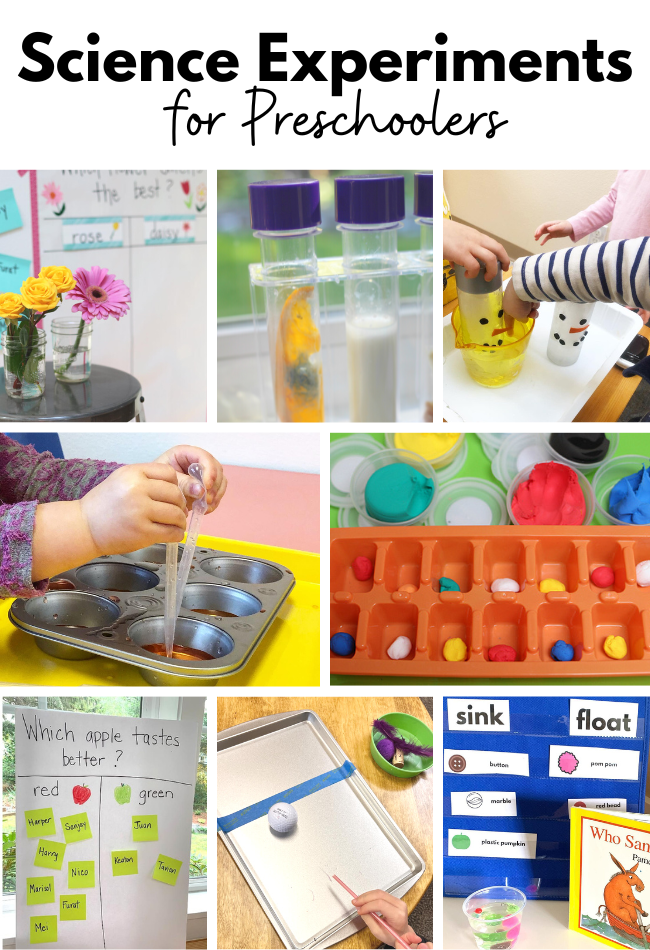
Check out this great list of preschool science experiments here.
Science Lesson Plans for Preschoolers
What Do Owls Eat
Learning About Wind
Sink & Float Lesson Plan
How Do Astronauts Eat In Space?
How To Use A Weather Journal for Prek/ Kindergarten
Season Sorting – Summer/Fall
Season Sorting Winter /Spring
Science Topics for Preschool
Habitat Sorting
5 Senses Activities
Space Activities
Block Activities
Microscope Activities
Light Table Activities
Nature Activities
Technology In Preschool
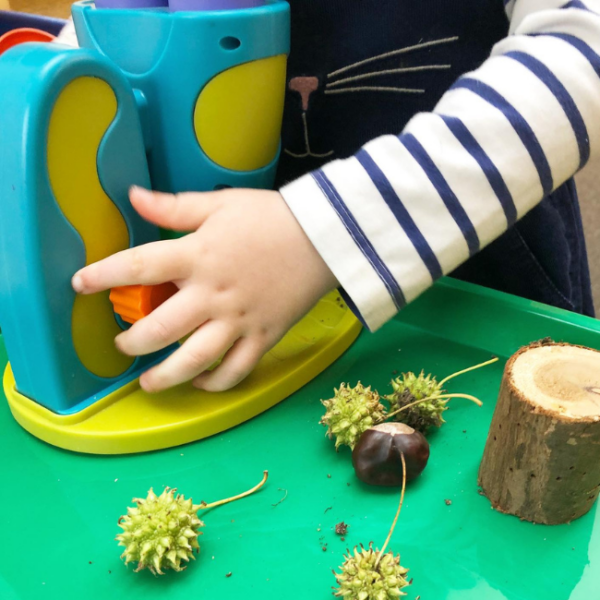
Ready to tackle Technology in preschool? Let me start by saying it might not be what you think it is. When you read technology, do you immediately envision iPads and robots? Technology in preschool can also look like this:
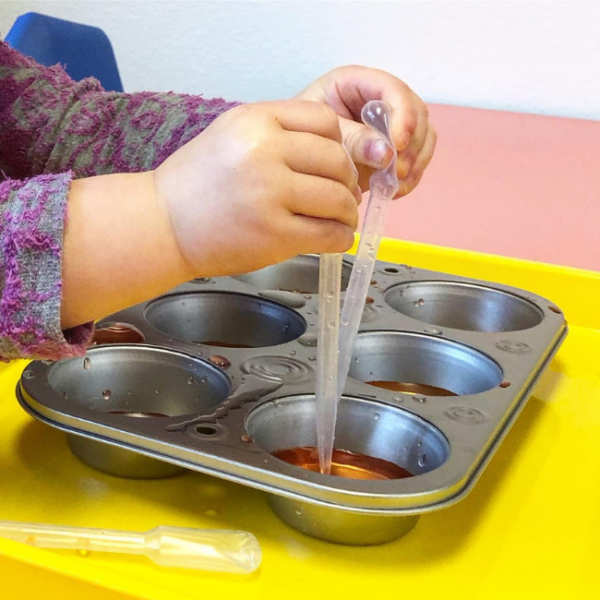
Technology means using tools to accomplish tasks. High-tech isn’t the only tech we have. I encourage you to embrace low-tech tools like shovels in the sandbox, rolling pins at the playdough table, and vegetable peelers while cooking.
Here are some great ways to explore technology in your preschool class:
Microscope Activities
Light Table Activities
Play Recipes to Make With Kids
Hands-on Engineering Activities for Preschool
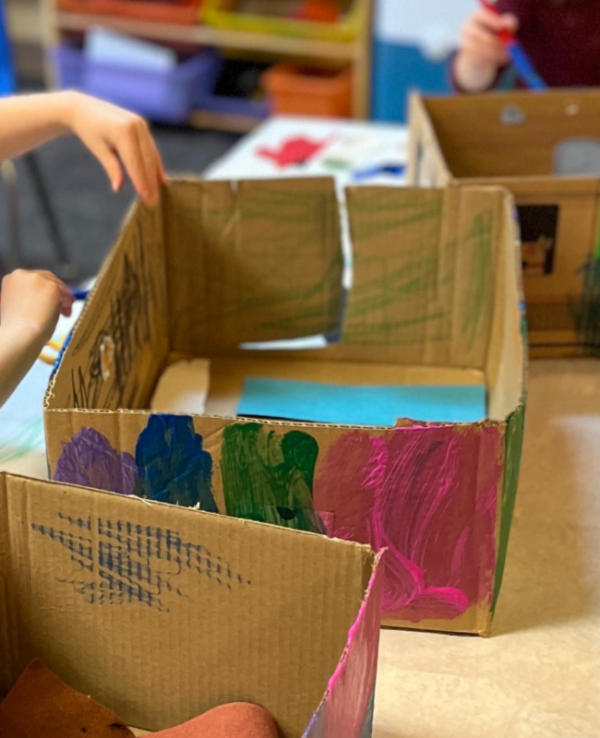
Engineering seems so technical; again, I must remind you to take the fully developed idea of engineering and break it down to its foundation. Engineering is all about design, building, and problem-solving. While your block area will be a big part of engineering, it’s not the only way to explore this in preschool.
Here are some great ways to explore engineering in your early childhood education classroom:
Preschool Engineering Lesson Plan
Design Your Own Block Mats
Skyscraper Challenge
Egg Drop
Toy Parachute
Magnetic Builders
Lego Activities
Block Activities
Hands-On Math Activities for Preschoolers
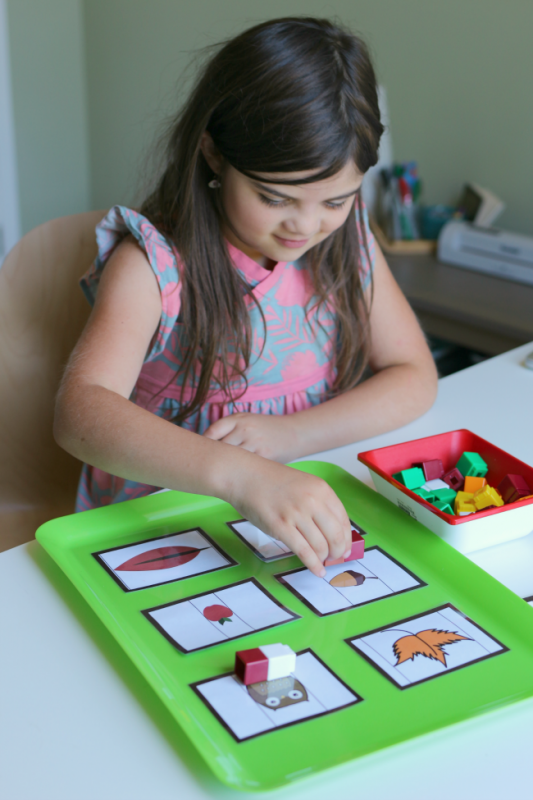
Finally, we get to math. When I facilitate training for teachers about STEM education, math is almost always the area STEM teachers feel most confident about teaching. Number and shape recognition, 1:1 correspondence, and counting are all content areas in which we are pretty proficient. I encourage you to ensure that the math learning in your classroom is not only those things. Early learners need to explore so much more than that. Measurement, patterning, sorting, and spatial concepts are all vital too.
Here are some great ways to explore math playfully in your classroom:
Math Games For Preschoolers
Math Games – three games with one printable.
Lego Math Game
Roll & Cover Games
Measurement and Unifix Cube Activities For Preschoolers
Unifix Cube Activities
Measurement Activities for Preschool
Math Lesson Plans For Preschoolers
Pete The Cat – Graphing Lesson
Duckling Gets A Cookie – Math Lesson ( 2-3-year-olds)
What Shape Is Your Cloud?
Interactive Shape Lesson – it’s not a box!
See our whole math activities for preschool archive here!
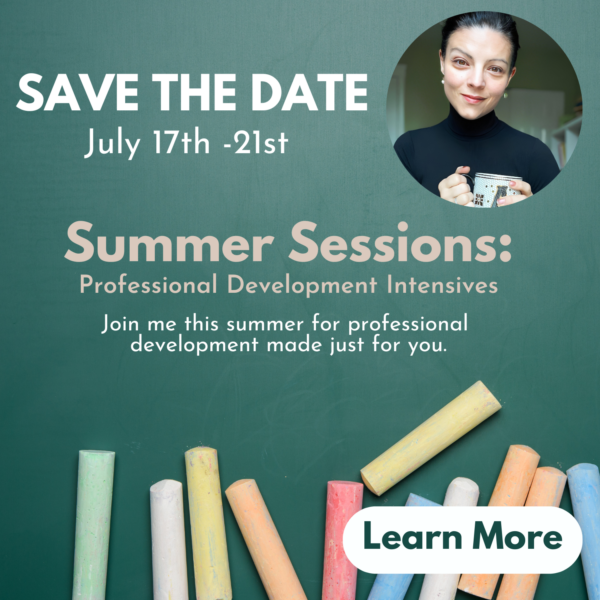
STEM should be fun to teach! If you are still struggling, check out my Summer Sessions: Professional Development Intensives this summer. We will be diving into the challenges of teaching preschool, including STEM.
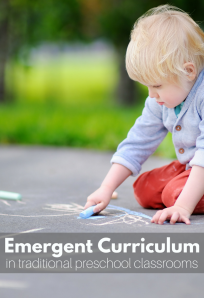
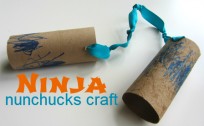
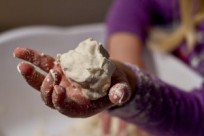
Michelle says
Excellent thread. Thankyou. Has exploded my imagination. My maths area has always been more than maths. But this has boxed it all up for me. The children are going to have so much fun.
Allison McDonald says
Thank you so much – it took forever to put together but I love teaching STEM so much and wanted to share!